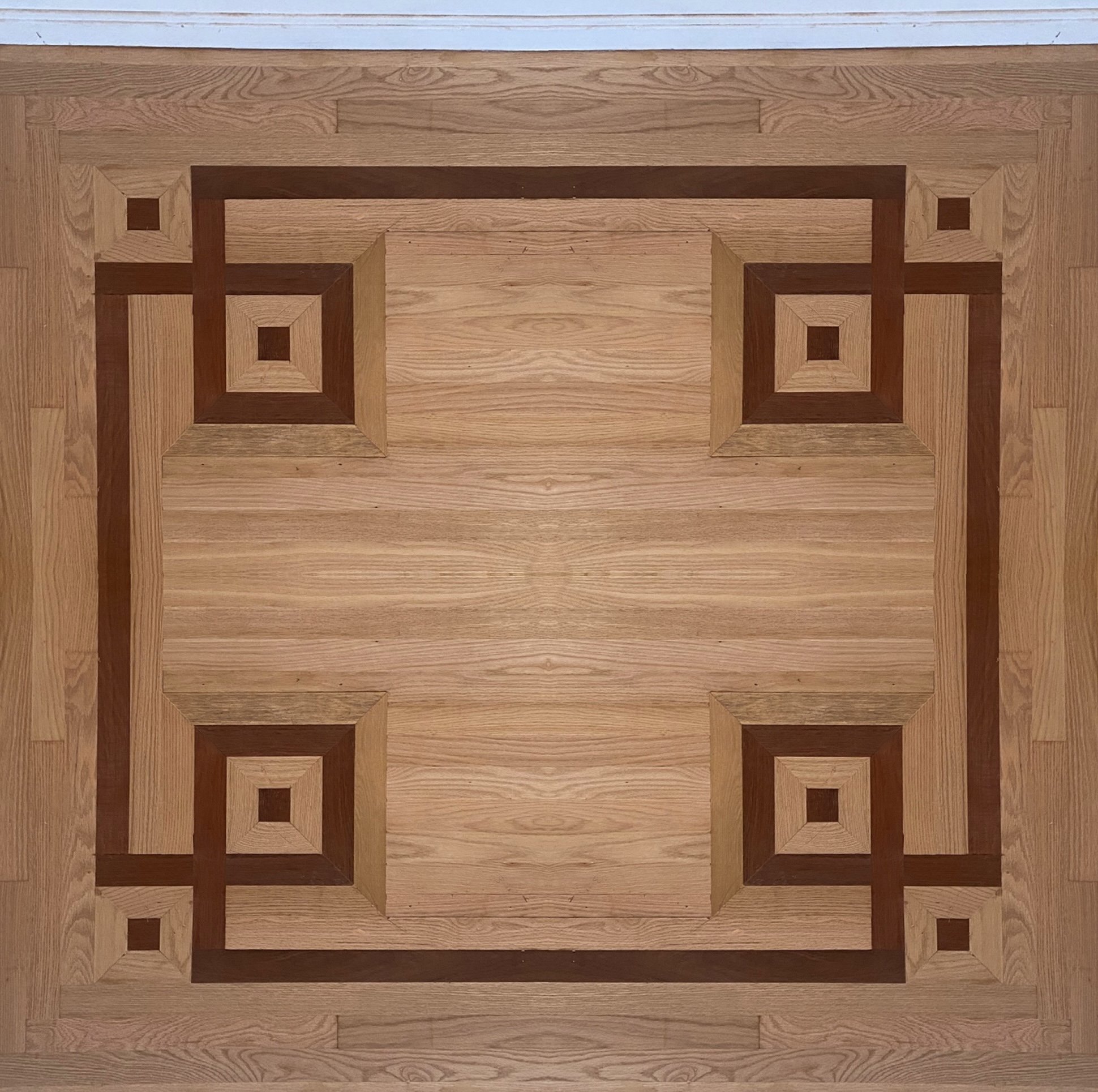
Frequently Asked Questions
-
What is a free estimate?
Once we get in contact with you and learn about your needs, we travel to your home and assess the work. That involves diagnosing the issue, taking measurements, and talking logistics. In the following days you’ll receive a digital estimate via text or email with a detailed job description and an organized breakdown of total project cost.
-
What does "dustless" mean?
Our table saws and sanders are equipped with efficient dust collection and HEPA vacuum systems, leaving the air free of particles and the cleanup minimal. In the old days, floor installation and sanding involved a mess of sawdust that really complicated maintaining clean air in the workspace and more importantly, your home. This technology has come a long way and customers are usually surprised by how little dust is left behind.
-
How often should my hardwood floors be sanded?
Depending on how well you maintain your hardwood floors, refinishing jobs tend to hold up well for 10 to 15 years. In high traffic households, especially those with children and/or dogs, some areas like the kitchen and entry ways may wear out a bit sooner.
-
How should I protect my newly refinished floors?
We tell all our customers to cover the feet of their furniture with felt pads to protect against denting and scratches. For cleaning, we recommend only using warm water and ammonia. Commerically, we endorse Bona floor cleaning products that are widely available at local and big box hardware stores. But definitely avoid Murphy’s Oil Soap because it actually breaks down the finish! For area rugs, it’s best to wait 7 to 10 days for the finish to cure before rolling them back out.
-
I want to replace my carpet/tile/existing floor with new hardwood. Can you do the demo/cleanup?
Absolutely! We have torn up and disposed of old nasty carpeting or cracked and loose tiles to may times before toinstall beautiful new hardwood floors in their place. Carpets tend to exacerbate allergies because they are a breeding ground for dust and dander. Frequently there is already a hardwood floor underneath waiting to be restored. Also, tile may seem like an easy-to-clean solution for areas like bathrooms and kitchens, but hardwood is just as easy to sanitize and more forgiving underfoot.
-
Why do floors change color?
It’s natural for the color of your floors with oil based finish to change over time due to sun exposure—that’s part of the aging process, in addition to the wood’s deepening patina. Sanding off the old finish and applying 3 new quality coats will return that classic hardwood charm to your home. That’s the beauty of renewable materials! Take note that water based finishes like Bona Mega and HD Traffic are designed to protect against such UV color changes and may be the choice for you.

